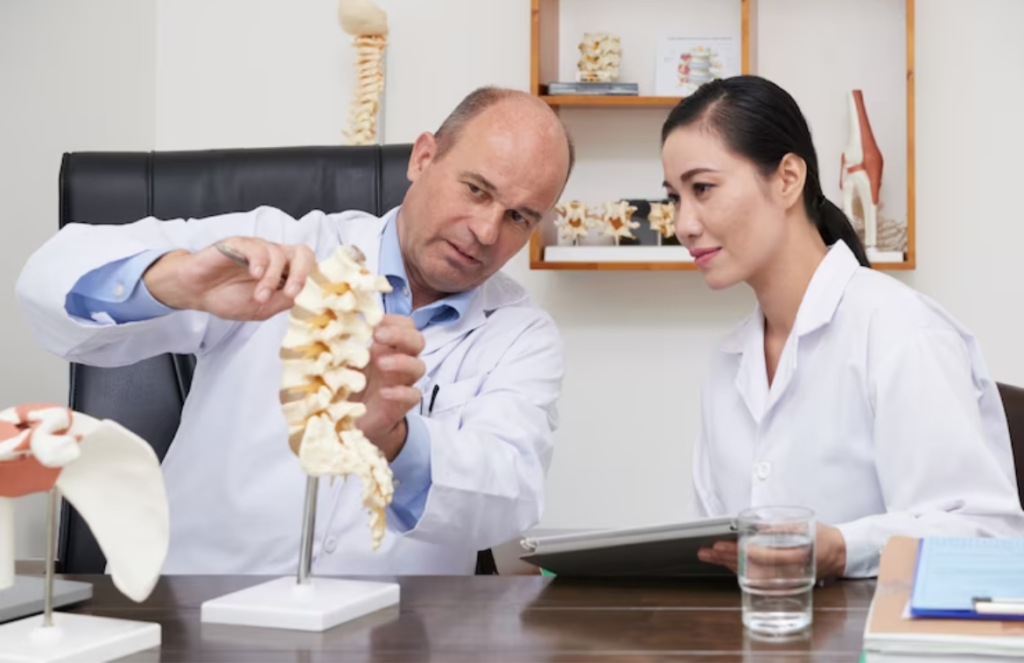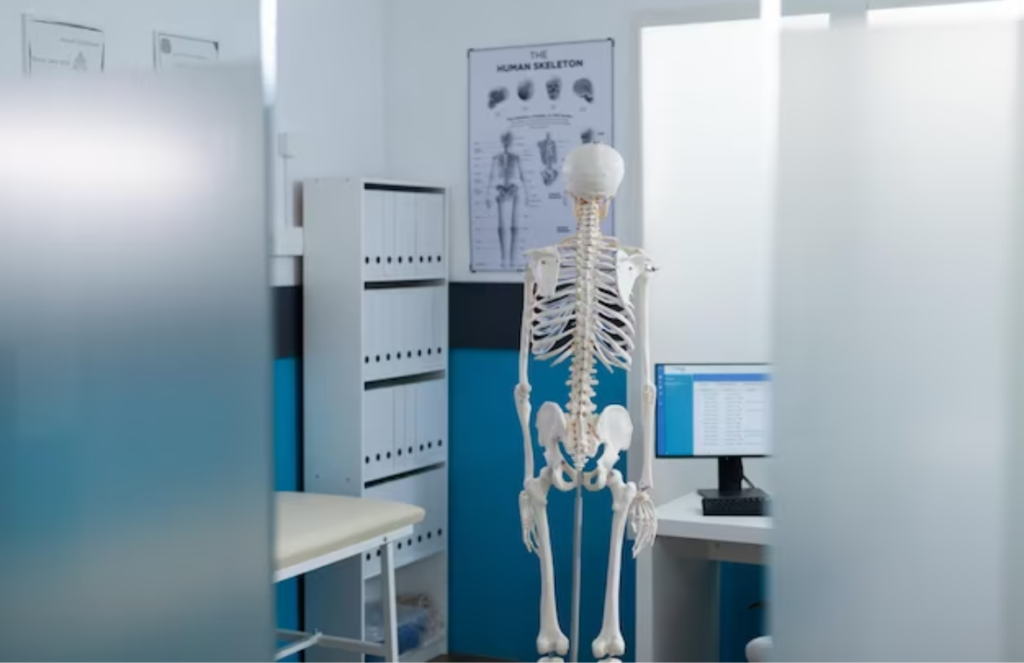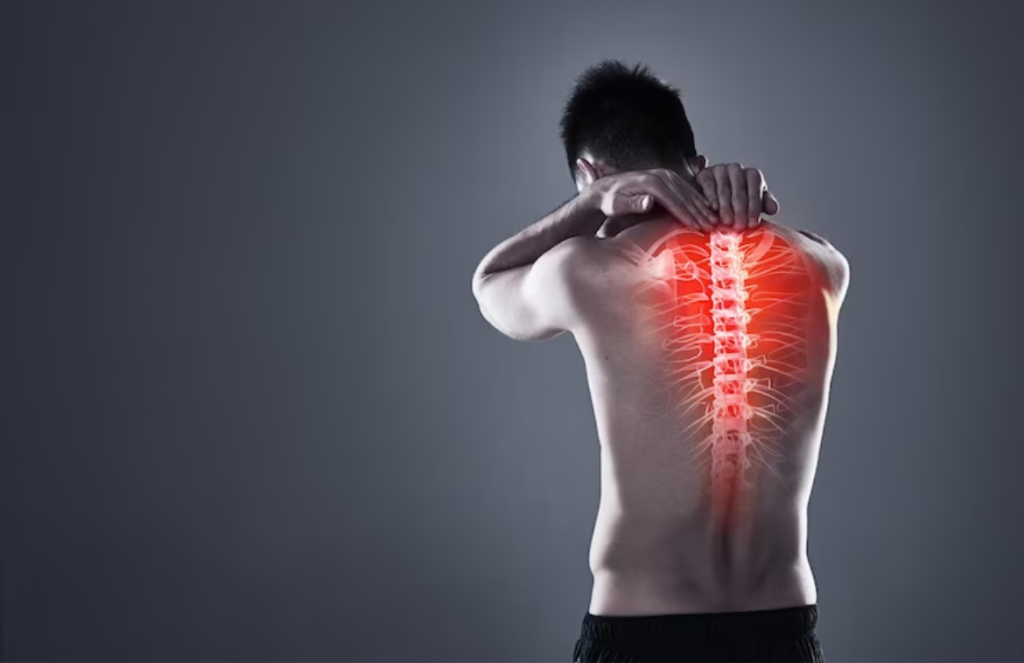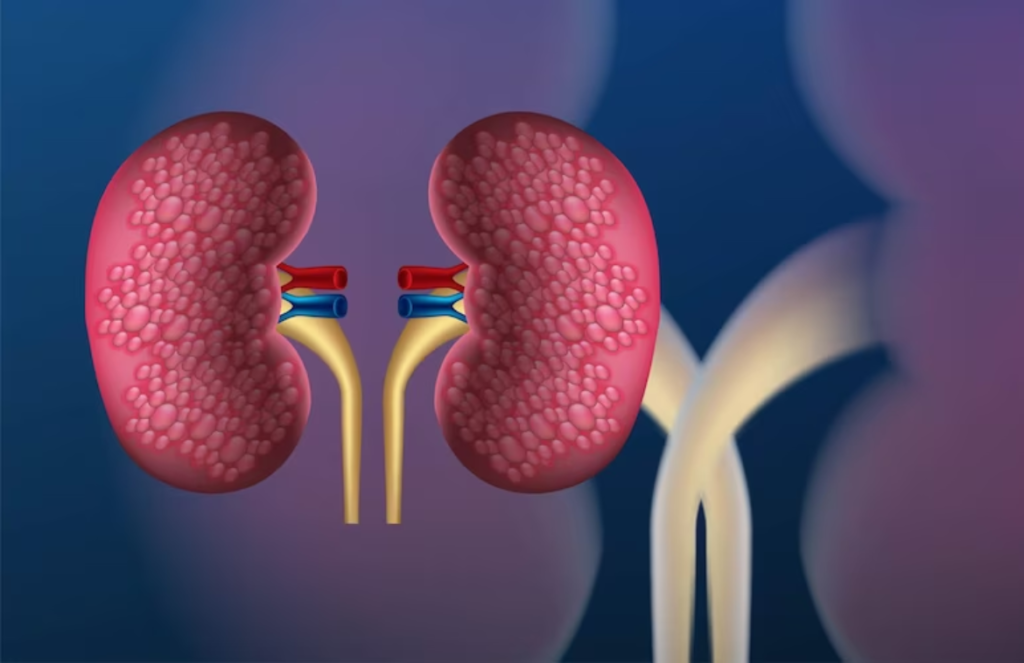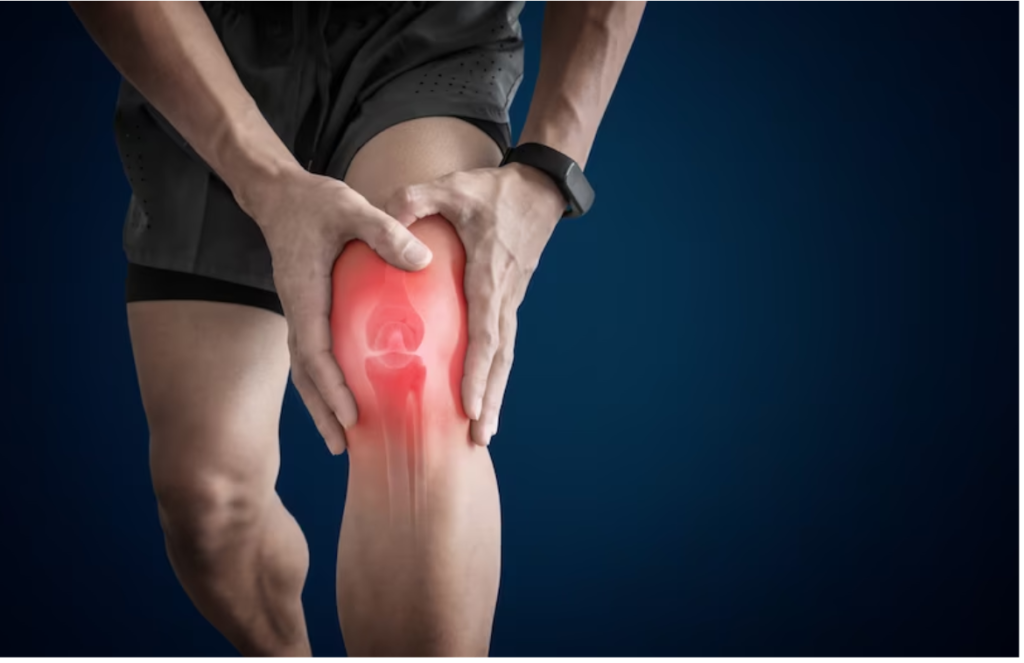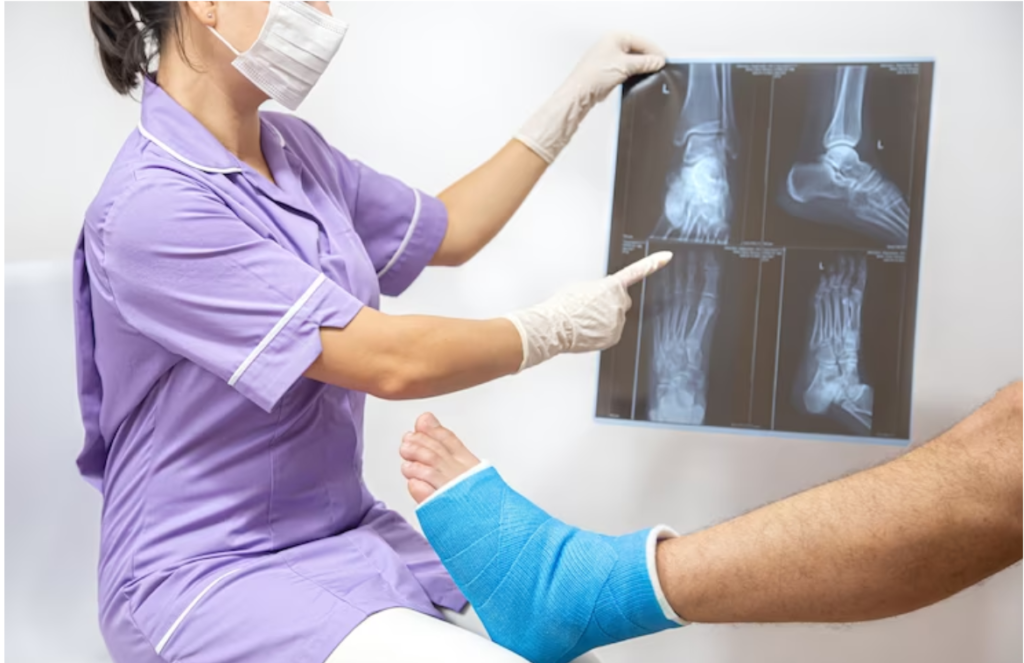Physio-therapy treatment provides relief to those suffering from injuries. Physio-therapy is done in hospitals as well as elsewhere, even at home.
In order to get relief from pain caused by an acute injury, post-surgery rehab, or a chronic condition that does impact physical function, physical therapy can indeed help get the person back into shape and feel good again. Physiotherapy treatment is geared toward this end.
What is physical therapy?
Physical therapy is a kind of rehabilitative care that does focus on diagnosing and treating injuries, chronic as well as acute conditions, and also movement dysfunction. In several cases, it is considered a conservative approach to dealing with several musculoskeletal problems.
Physical therapists are indeed health professionals who make use of targeted techniques and treatments in order to restore mobility, improve range of motion, decrease pain, and also improve physical functioning. A physical therapist can rather diagnose and treat conditions that do affect one’s musculoskeletal system.
The aim of physical therapy is to improve or even restore mobility, strengthen movement, range of motion, overall functioning, and quality of life. It also aims to decrease pain and prevent further injuries.
Physical therapy can be done in outpatient clinics, hospitals, rehab centers, assisted living facilities, nursing homes, schools, sports, fitness settings, and occupational settings.
Benefits of physiotherapy treatment
1. Rehab from a sports-related injury
Not all sports-related injuries actually require surgery. But in order to prevent further damage, they do need targeted interventions that can decrease pain, strengthen the injured area, and also help a person get back to competition.
2. Reduce pain
Some pain does require prescription medications or surgery in order to improve, while other types of pain can benefit from physical therapy as well as exercise. Acute pain usually has a known cause and starts suddenly. However, it often gets better with time, treatment, and healing.
Chronic pain, on the other hand, does last more than 3 months and is caused by an injury, disease, inflammation, medical treatment, or, in a few cases, an unknown reason. Opioids and other powerful drugs are usually recommended for pain management.
Physical therapy techniques are used to reduce acute and chronic pain via therapeutic exercises, stretching, electrical stimulation, ultrasound, taping, cold and heat therapy, and massage.
3. Support neurological conditions
Physical therapy techniques do help support symptoms that are caused by neurological conditions like stroke, multiple sclerosis, Parkinson’s disease, and issues related to spinal cord injuries.
A physical therapist can assist with symptom management for people living with multiple sclerosis. Common symptoms physical therapy can help with include balance, weakness, fatigue, coordination, spasticity, flexibility, aerobic endurance, and respiratory function.
In-hospital physical therapy programs do assist with stroke rehabilitation and spine injury treatment prior to a person leaving the hospital. It reduces symptoms related to arthritis as well.
Other health issues expert physios handle are inflammation, pain, tenderness, swelling, and stiffness, which can be debilitating symptoms caused by rheumatoid arthritis and osteoarthritis. Physical therapy can help reduce symptom severity and boost overall quality of life.

Physical therapy can help improve mobility and restore the use of affected joints, increase overall strength to help support joints, and maintain fitness levels.
5. Reduce complications related to pelvic floor dysfunction.
Pregnancy and birth can do a number on one’s pelvic floor muscles. So might menopause, abdominal surgeries, as well as other conditions that may change intra-abdominal pressure or the tension of one’s pelvic floor muscles.
When the damage is great, the pelvic floor muscles weaken and lose the ability to really fully support the pelvic organs, causing urinary leakage, low back pain, sexual dysfunction, pelvic pressure, and prolapse.
Pelvic floor dysfunction can interrupt daily life. Pelvic floor physical therapy, or PFPT, can help.
Conclusion
Physiotherapy treatment is beneficial as it helps restore mobility to lead a normal life after injury.

